Home>Garden Essentials>What Is Rye Seed
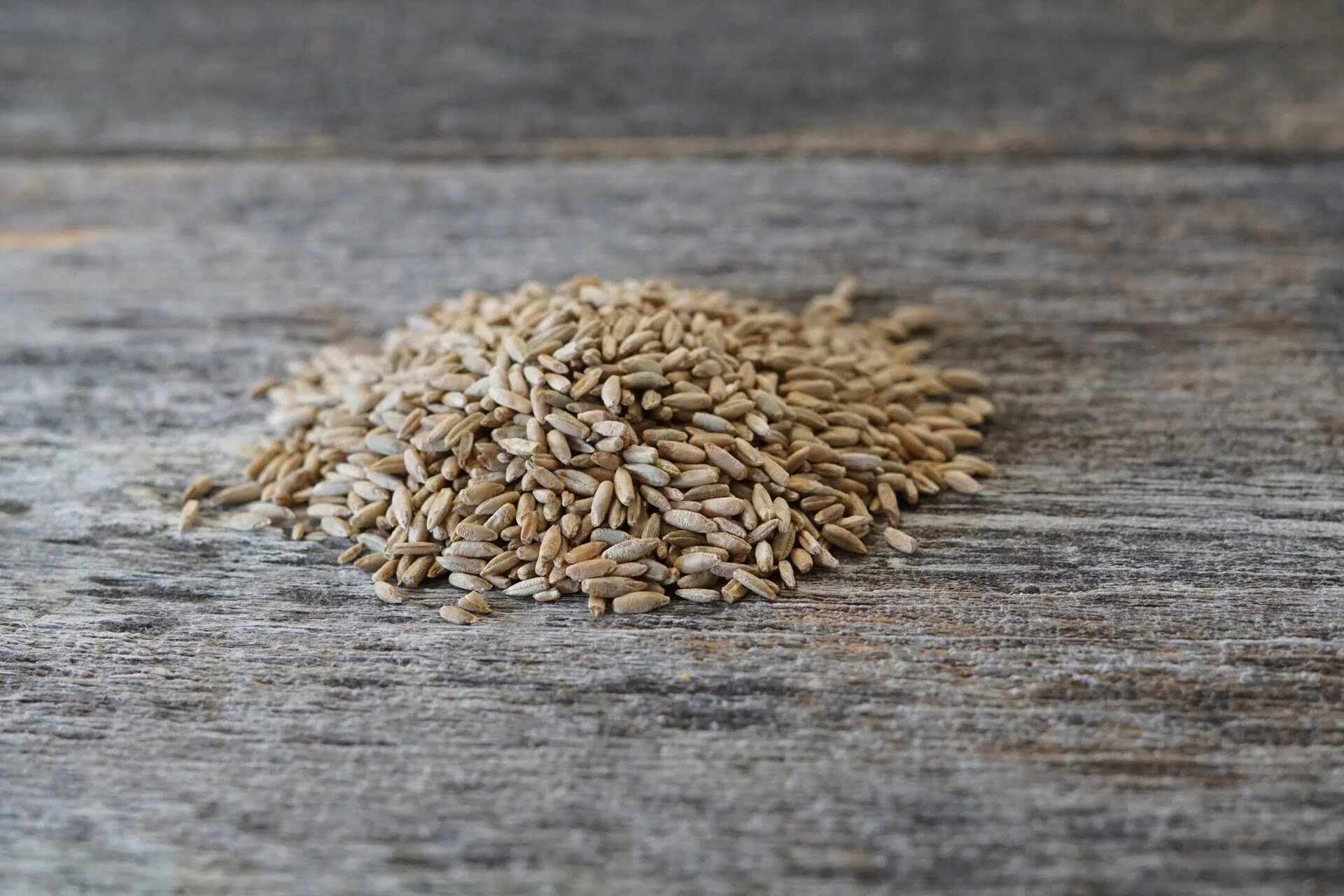

Garden Essentials
What Is Rye Seed
Modified: April 1, 2024
Discover the benefits of rye seed for your garden. Learn how to grow and care for rye seed to enhance the beauty and productivity of your outdoor space.
(Many of the links in this article redirect to a specific reviewed product. Your purchase of these products through affiliate links helps to generate commission for Storables.com, at no extra cost. Learn more)
Introduction
Welcome to the world of rye seed – a versatile and nutritious grain that has been a staple in diets for centuries. In this article, we will explore the history, characteristics, nutritional value, health benefits, culinary uses, growing methods, and potential side effects of rye seed. Whether you are a gardening enthusiast or simply curious about incorporating new foods into your diet, this article will provide you with valuable insights into the wonderful world of rye seed.
Rye seed, scientifically known as Secale cereale, is a member of the grass family and is closely related to wheat and barley. It is believed to have originated in Asia and was later introduced to Europe, where it became an integral part of the European diet. Rye seed is known for its hardiness and ability to grow in cooler climates, making it an ideal crop for regions with shorter growing seasons.
One of the distinguishing characteristics of rye seed is its long shape, often referred to as a “beard.” The seed itself is encased in a tough outermost layer, called the hull, which is generally removed before consumption. Rye seed is available in different forms, including whole kernels, flakes, flour, and even rye grass for growing sprouts.
Rye seed is not only a versatile ingredient but also boasts several health benefits. Its nutritional profile includes a good amount of dietary fiber, protein, vitamins, and minerals. Rye seed is also known for its high antioxidant content, including phenolic acids and lignans, which have been associated with various health-promoting properties.
In the culinary world, rye seed is known for its distinctive flavor and ability to add depth to a wide range of dishes. From hearty bread to flavorful whiskey, rye seed has found its way into countless recipes and beverages. With its unique nutty taste and slightly chewy texture, it is no wonder that rye seed is a popular choice among both professional chefs and home cooks.
If you are considering growing rye seed in your garden, you will be delighted to know that it is a relatively low-maintenance crop. With proper care and attention, you can enjoy a bountiful harvest of this nutritious grain. We will explore the specific growing techniques and tips later in this article.
As with any food, it is important to be aware of any potential side effects or allergenic reactions. While rye seed is generally safe for consumption, certain individuals may experience sensitivities or allergies. We will delve into these potential side effects and precautions to take when consuming rye seed.
In summary, rye seed is a versatile and nutritious grain that has been cherished for its unique taste and health benefits throughout history. Whether you are interested in incorporating rye seed into your diet or considering growing it in your garden, this article will provide you with the necessary information to embark on your rye seed journey. So, let’s dive in and explore the fascinating world of rye seed!
Key Takeaways:
- Rye seed is a versatile and nutritious grain with a rich history, offering health benefits such as digestive support, heart health, and immune function. Its unique flavor enhances a variety of culinary creations.
- Growing rye seed is a rewarding experience, providing a bountiful harvest with relatively low maintenance. However, individuals with gluten sensitivity or specific medical conditions should be mindful of potential side effects.
Read more: What Are The Seeds In Rye Bread
History of Rye Seed
Rye seed has a rich history that spans over thousands of years. Its cultivation and consumption can be traced back to ancient times in various parts of the world.
Originating in Asia, rye seed was one of the first cultivated grains alongside wheat and barley. Archaeological evidence suggests that rye was grown in the region around 1800 BC. It later spread to Europe, where it became a significant crop in countries like Poland, Germany, and Russia.
In Europe, rye grain played a vital role in the agricultural practices of medieval societies. It was well-suited to the colder climate and shorter growing seasons, making it a dependable crop. This resilience led to rye becoming a staple food source for centuries, particularly in regions where other grains struggled to thrive.
During the Middle Ages, rye seed was a critical element in the diet of peasants and rural communities. It provided sustenance and acted as a substitute for wheat, which was often more expensive and less accessible. Rye bread, made from ground rye flour, became a dietary staple for many Europeans.
Interestingly, rye seed was not only prized for its culinary uses but also for its role in traditional folklore and superstitions. It was believed to possess mystical and protective properties, warding off evil spirits and ensuring good luck. Rye straw was
Characteristics of Rye Seed
Rye seed, scientifically known as Secale cereale, is a versatile grain with distinct characteristics that set it apart from other cereal crops. Let’s explore some of the key characteristics of rye seed:
Appearance: Rye seed is relatively long and slender compared to other grains, with an elongated shape resembling a small needle or “beard.” The color of rye seed can range from golden tan to a darker brown, depending on the variety.
Growth Habit: Rye is an annual grass that can reach a height of 3 to 6 feet. It has an extensive root system that provides good soil stability and erosion control. The plant produces dense spikes or heads of seeds that develop at the top of the stem.
Hardiness: Rye is well-known for its ability to tolerate cold weather and grow in harsh conditions. It is more cold-tolerant than other cereal crops, making it an ideal choice for regions with shorter growing seasons or cooler climates.
Quality: Rye seed is often praised for its excellent milling and baking qualities. It has a higher protein content compared to wheat, making rye bread denser and more nutritious. Rye flour is also known for its ability to retain moisture, resulting in moist and flavorful baked goods.
Disease Resistance: Rye seed exhibits natural resistance to certain plant diseases, including some fungal diseases that commonly affect wheat and barley. This characteristic makes rye an attractive option for crop rotation and disease management strategies in agricultural practices.
Drought Tolerance: Rye has a remarkable ability to adapt to dry conditions and is considered more drought-tolerant than other cereal grains. Its deep root system helps the plant access soil moisture deeper below the surface, enabling it to withstand periods of limited rainfall.
Allelopathic Properties: Rye seed produces and releases certain compounds into the surrounding soil, known as allelochemicals. These compounds can help suppress the growth of weeds and other plants, making rye seed a valuable cover crop or green manure option in organic farming systems.
Overall, the characteristics of rye seed, including its appearance, hardiness, quality, disease resistance, drought tolerance, and allelopathic properties, make it a valuable grain for various agricultural and culinary purposes. These unique traits contribute to rye’s versatility and adaptability, making it an attractive choice for growers and consumers alike.
Nutritional Value of Rye Seed
Rye seed is not only delicious but also packs a nutritional punch. This versatile grain is rich in vitamins, minerals, fiber, and antioxidants. Let’s delve into the nutritional value of rye seed:
Carbohydrates: Rye seed is a good source of complex carbohydrates, which provide sustained energy throughout the day. These carbohydrates are slowly digested, preventing sudden spikes in blood sugar levels.
Fiber: Rye seed is an excellent source of dietary fiber, with both soluble and insoluble fiber present in significant amounts. Soluble fiber helps regulate blood sugar levels and lowers cholesterol, while insoluble fiber promotes a healthy digestive system and prevents constipation.
Protein: Rye seed contains a notable amount of protein, making it a valuable plant-based protein source for vegetarians and vegans. Protein is essential for muscle growth, repair, and overall body functioning.
Vitamins: Rye seed is rich in various vitamins, including vitamin E, thiamine (B1), riboflavin (B2), niacin (B3), folate (B9), and pantothenic acid (B5). These vitamins play crucial roles in energy production, nerve function, and overall cell health.
Minerals: Rye seed is a good source of minerals such as manganese, phosphorus, magnesium, copper, and zinc. These minerals are vital for bone health, nerve function, enzyme activation, and immune system support.
Antioxidants: Rye seed contains a variety of antioxidants, including phenolic acids and lignans. These compounds have been linked to numerous health benefits, such as reducing inflammation, preventing chronic diseases, and protecting against oxidative damage.
Phytonutrients: Rye seed is also rich in phytonutrients, which are plant compounds with potential health benefits. These include flavonoids, phytoestrogens, and lignans, which have been associated with reduced risk of cardiovascular diseases and certain cancers.
Incorporating rye seed into your diet can provide you with a range of essential nutrients, contributing to overall health and well-being. Its high fiber content can support digestion and help maintain a healthy weight. The combination of vitamins, minerals, antioxidants, and phytonutrients in rye seed further enhances its nutritional value and makes it a valuable addition to a balanced and wholesome diet.
Health Benefits of Rye Seed
Rye seed offers numerous health benefits, thanks to its unique nutritional composition and bioactive compounds. Let’s explore some of the top health benefits associated with consuming rye seed:
1. Digestive Health: Rye seed is packed with dietary fiber, which promotes healthy digestion and helps prevent digestive issues like constipation. The insoluble fiber adds bulk to the stool, while the soluble fiber feeds beneficial gut bacteria, supporting a healthy microbiome.
2. Heart Health: Rye seed is known to have heart-protective properties. The soluble fiber and antioxidants found in rye seed help lower cholesterol levels, reduce the risk of cardiovascular diseases, and improve overall heart health. Rye seed has also been associated with lower blood pressure levels.
3. Weight Management: The fiber content in rye seed helps create a feeling of fullness and satiety, which can aid in weight management. Adding rye seed to your meals or snacks can help control hunger and prevent overeating, making it a valuable component of a balanced weight-loss or weight management plan.
4. Blood Sugar Regulation: Rye seed has a low glycemic index, meaning it causes a slower and steadier rise in blood sugar levels compared to refined grains. The beneficial effects of rye seed on blood sugar control make it a suitable choice for individuals with diabetes or those at risk of developing diabetes.
5. Reduced Cancer Risk: The lignans found in rye seed have been linked to a reduced risk of certain types of cancer, including breast, prostate, and colorectal cancers. These lignans have been shown to have anti-carcinogenic properties and may help inhibit the growth of cancer cells.
6. Improved Gut Health: Rye seed contains prebiotic fibers that nourish beneficial bacteria in the gut. This promotes a healthy gut microbiome, which is linked to improved digestion, enhanced immune function, and even better mental health.
7. Enhanced Immune Function: The vitamins and minerals in rye seed, along with its antioxidant content, contribute to a stronger immune system. A well-functioning immune system helps protect against infections, reduces the severity and duration of illnesses, and supports overall health and vitality.
It’s important to note that while rye seed offers numerous health benefits, it is always recommended to consume a balanced diet rich in a variety of whole foods for optimal health. Incorporating rye seed into your meals, whether in the form of bread, cereals, or side dishes, can provide a wide range of nutrients and contribute to a healthier lifestyle.
Read more: How Long Does It Take Rye Grass To Germinate
Culinary Uses of Rye Seed
Rye seed is a versatile grain that adds a unique flavor and texture to a variety of dishes. From bread to beverages, rye seed has a wide array of culinary uses. Let’s explore some popular culinary applications of rye seed:
1. Rye Bread: Rye bread is perhaps the most well-known and beloved use of rye seed. Its distinct flavor and dense texture make it a favorite choice for sandwiches, toasts, and even as a side for soups and stews. Rye bread can be made using a combination of rye flour and wheat flour or exclusively with rye flour for a more robust taste.
2. Crackers and Crispbreads: Rye seed can be ground into flour and used to make crisp and flavorful crackers and crispbreads. These crunchy snacks are great on their own or paired with cheese, dips, or spreads.
3. Rye Porridge and Cereal: Similar to oats, rye seed can be cooked into a hearty and nutritious porridge or used as an ingredient in cereals. Rye flakes or whole rye kernels can be simmered with milk or water, sweetened with honey or maple syrup, and topped with fruits, nuts, or seeds for a delicious and filling breakfast.
4. Rye Pasta: Rye flour can be used to make pasta, adding a nutty flavor and a unique twist to traditional pasta dishes. Rye pasta pairs well with a variety of sauces, from creamy to tomato-based options, and can be a delightful alternative for those looking to diversify their pasta repertoire.
5. Rye Whiskey: Rye seed is a key ingredient in the production of rye whiskey. The distinct taste of rye adds complexity and depth to this beloved spirit. Rye whiskey is appreciated for its spicy notes and smooth finish, making it a popular choice for whiskey enthusiasts.
6. Rye Desserts: Rye flour can be incorporated into a range of desserts, from cakes and muffins to cookies and pancakes. Its nutty flavor and slightly denser texture can add a unique twist to traditional baked goods.
7. Rye Sprouts: Rye seed can also be sprouted and used as a nutritious addition to salads, sandwiches, and stir-fries. Rye sprouts add a fresh and crunchy element to dishes and are packed with vitamins, minerals, and enzymes.
These are just a few examples of the culinary possibilities with rye seed. The versatility of this grain allows for creativity and experimentation in the kitchen. Whether you are an experienced chef or a home cook looking to try something new, incorporating rye seed into your culinary repertoire can offer exciting flavors and textures to elevate your dishes.
Rye seed is a type of grain that is commonly used for making bread, flour, and whiskey. It is high in fiber, vitamins, and minerals, making it a nutritious addition to your diet.
Growing Rye Seed
Growing rye seed is a rewarding and relatively easy endeavor, making it an ideal crop for both experienced gardeners and beginners alike. Here are some key steps to successfully grow rye seed:
1. Variety Selection: Start by selecting the rye seed variety that suits your climate and growing conditions. Consider factors such as the growing season length, temperature tolerance, and disease resistance of different varieties.
2. Soil Preparation: Rye seed thrives in well-drained soil with a pH between 5.5 and 7.5. Prepare the soil by removing weeds, rocks, and debris. Add organic matter, such as compost or well-rotted manure, to improve soil fertility and structure.
3. Planting: Rye seed is typically sown in early to late fall, depending on your location. Prepare the seedbed by raking the soil to create a smooth surface. Broadcast the rye seed evenly across the prepared area, aiming for a seeding rate of around 1 to 1.5 pounds per 1,000 square feet.
4. Watering: Provide adequate moisture to ensure proper germination and growth. Water the seeded area immediately after planting and continue to water regularly, especially during dry periods. Be careful not to overwater, as excessive moisture can lead to disease issues.
5. Fertilization: Rye seed is generally not a heavy feeder. However, it benefits from a balanced fertilizer application before planting or during early growth stages. Conduct a soil test to determine if any specific nutrient deficiencies need to be addressed.
6. Weed Control: Keep the growing area free from weeds, especially during the early stages when rye seedlings are more susceptible to competition. Regular cultivation or hand-weeding can help keep weeds at bay. Mulching can also aid in weed suppression.
7. Disease and Pest Management: Although rye seed is relatively resilient to diseases and pests, monitor the crop for any signs of issues such as fungal infections or insect infestations. If necessary, apply appropriate organic or low-toxicity treatments following recommended guidelines.
8. Harvesting: Rye seed is typically ready for harvest in late spring or early summer when the ears or spikes have fully developed and turned golden brown. The easiest way to determine harvest maturity is by gently rubbing the spikes between your palms. If the grains are easily removed, it’s time to harvest.
9. Drying and Storing: After harvesting, allow the rye seed to dry thoroughly in a well-ventilated area. Once completely dry, store the seed in a cool, dry place in airtight containers or bags to maintain its quality and prevent moisture and pest damage.
10. Crop Rotation: To maintain soil health and prevent disease buildup, practice crop rotation by planting rye seed in a different area of the garden each year. Rotate with other crops like legumes or brassicas to maximize soil fertility and minimize pest and disease pressure.
Growing rye seed can be a fulfilling experience, providing you with a bountiful harvest of this versatile grain. By following these steps and providing the necessary care and attention, you can enjoy the satisfaction of growing your own rye seed and incorporating it into various culinary creations.
Harvesting and Processing of Rye Seed
Harvesting and processing rye seed is an important step to ensure its quality and usability. Proper techniques and timing play a crucial role in obtaining a successful harvest. Here is a step-by-step guide to harvesting and processing rye seed:
1. Harvest Timing: Rye seed is typically ready for harvest when the spikes or ears have turned golden brown and the grains are firm and dry. Check the moisture content by squeezing a handful of grains – they should be hard and no longer release milky sap when pressed.
2. Cutting the Stalks: Use a scythe, sickle, or a mechanical harvester to cut the rye stalks just below the heads. It is important to work carefully and avoid unnecessary damage to the grains during this process.
3. Bundling and Drying: Immediately after cutting, gather the rye stalks into small bundles and tie them together near the cut ends. Hang the bundles upside down in a warm, well-ventilated area to allow for proper drying. This process helps the seed heads to fully mature and ensures that the moisture content is low enough for long-term storage.
4. Threshing: Once the rye stalks have dried completely, it’s time to separate the seeds from the stalks. There are several methods for threshing rye seed. Traditional methods involve beating or flailing the stalks against a hard surface, such as a threshing floor or tarp. Modern methods include using a combine harvester or mechanical threshing machine.
5. Winnowing: After threshing, the next step is winnowing, which involves separating the seeds from the chaff. This can be done by gently tossing the threshed mixture into the air, allowing the wind to blow away the lighter chaff while the heavier seeds fall back down. Alternatively, you can use a fan or a simple winnowing basket to accomplish the same effect.
6. Cleaning: To further remove any remaining debris or impurities, it is recommended to clean the rye seed. This can be done by using a seed cleaner or a series of screens with different-sized holes. The cleaning process helps ensure that you have pure and high-quality rye seed ready for storage or further processing.
7. Storage: Once the rye seed is cleaned and free from impurities, store it in a cool, dry, and well-ventilated area. Use airtight containers or bags to prevent moisture absorption and protect the seed from pests. Proper storage conditions will help maintain the seed’s quality and viability for extended periods.
By following these steps, you can successfully harvest and process rye seed, obtaining a clean and high-quality product ready for consumption, sprouting, or further processing into rye flour, flakes, or other culinary applications. Harvesting and processing rye seed is a satisfying part of the growing process, allowing you to enjoy the fruits of your labor and incorporate this versatile grain into your everyday meals.
Common Varieties of Rye Seed
Rye seed comes in various cultivars or varieties, each with its own unique characteristics. These varieties have been developed over time to adapt to different climates, growing conditions, and specific end uses. Here are some common varieties of rye seed found around the world:
1. Danko: Danko rye is a widely grown variety known for its excellent milling qualities and high protein content. It is popular in Europe, particularly in countries like Poland. Danko rye produces strong and flavorful bread, making it a preferred choice for baking purposes.
2. Elbon: Elbon rye is a popular variety in the United States, known for its adaptability and disease resistance. It is well-suited for cooler climates and can tolerate drought conditions. Elbon rye provides good forage quality and is often used as a cover crop or in crop rotation systems.
3. VNS (Variety Not Stated): VNS rye is a general term used for rye seed that does not specify a particular variety. It is often a mixture of different rye varieties and can be more affordable than named varieties. VNS rye is commonly used for livestock feed, erosion control, and green manure purposes.
4. Brasetto: Brasetto rye is a winter rye variety developed in Italy. It is known for its high yield potential and good resistance to lodging. Brasetto rye is often used in bread making, as it produces flour with excellent baking properties and a pleasant taste.
5. Puma: Puma rye is a relatively new variety that originated in Germany. It is valued for its disease resistance, high yield potential, and good grain quality. Puma rye is a versatile variety used for multiple purposes, including grain production, forage, and cover cropping.
6. KWS Serafino: KWS Serafino rye is a German variety known for its high yield and good resistance to fungal diseases. It has excellent standability and wide adaptability to different growing conditions. KWS Serafino rye is valued for grain production as well as forage and silage purposes.
7. Bono: Bono rye is a popular variety grown in North America. It is known for its high yield potential, good straw strength, and winter hardiness. Bono rye is commonly used for grain production, cover cropping, and livestock forage.
These are just a few examples of the common varieties of rye seed found worldwide. It’s important to choose a variety that suits your specific growing conditions, climate, and intended use. Whether you are growing rye seed for baking, livestock feed, cover cropping, or soil improvement, selecting the right variety can greatly enhance your success and enjoyment in cultivating this versatile grain.
Potential Side Effects of Rye Seed
Rye seed is generally safe for consumption and considered beneficial for most individuals. However, it’s important to be aware of potential side effects, especially for those with certain medical conditions or sensitivities. Here are some potential side effects of rye seed:
1. Gluten Sensitivity: Rye contains gluten, a protein that can cause adverse reactions in individuals with gluten sensitivity or celiac disease. These conditions are autoimmune disorders triggered by the ingestion of gluten, resulting in damage to the small intestine. People with gluten sensitivity or celiac disease should avoid rye seed or opt for certified gluten-free alternatives.
2. Allergic Reactions: While rare, some individuals may have an allergic reaction to rye seed. Symptoms can include itching, swelling, hives, difficulty breathing, or digestive issues. If you experience any allergic symptoms after consuming rye seed, it’s important to seek medical attention immediately.
3. FODMAP Sensitivity: Rye seed contains oligosaccharides, a type of fermentable carbohydrate known as FODMAPs (fermentable oligosaccharides, disaccharides, monosaccharides, and polyols). People with irritable bowel syndrome (IBS) or those who are sensitive to FODMAPs may experience digestive discomfort or symptoms such as bloating, gas, and abdominal pain after consuming rye seed.
4. Medication Interactions: Rye seed may interact with certain medications due to its high fiber content. The fiber in rye seed can interfere with the absorption and effectiveness of certain medications. If you are taking medications, especially those with narrow therapeutic ranges, it’s advisable to consult with your healthcare provider before significantly increasing your rye seed intake.
5. Thyroid Disruption: Rye seed contains substances called goitrogens that can interfere with the normal functioning of the thyroid gland. While this is typically not a concern for healthy individuals who consume rye seed in moderation, those with existing thyroid conditions may need to monitor their intake and consult with a healthcare professional.
6. Blood-thinning Medications: Rye seed contains a moderate amount of vitamin K, which plays a role in blood clotting. Individuals taking blood-thinning medications, such as warfarin, should maintain consistent vitamin K intake to ensure proper medication effectiveness. It’s advisable to consult with a healthcare provider regarding rye seed consumption while on blood-thinning medications.
It’s important to note that these potential side effects are not common and most individuals can safely consume rye seed as part of a balanced diet. However, if you have any concerns or pre-existing medical conditions, it’s always best to consult with a healthcare professional before making any significant dietary changes.
In summary, rye seed is generally safe and provides many health benefits. However, like any food, it may cause adverse reactions in certain individuals. Being aware of potential side effects and understanding your own health considerations will help you make informed decisions about incorporating rye seed into your diet.
Conclusion
Rye seed is a versatile and nutritious grain that has been cherished for centuries for its unique flavor and health benefits. From its ancient origins to its widespread cultivation in various parts of the world, rye seed has played a significant role in traditional diets and culinary traditions.
Throughout this article, we’ve explored the history, characteristics, nutritional value, health benefits, culinary uses, growing techniques, and potential side effects of rye seed. Rye seed offers a range of advantages, such as promoting digestive health, supporting heart health, aiding in weight management, regulating blood sugar levels, reducing the risk of cancer, and enhancing immune function.
The culinary uses of rye seed are vast, from the beloved rye bread to crackers, porridge, pasta, whiskey, and more. Its distinct flavor and texture make it a favorite among chefs and home cooks alike, adding depth and complexity to a variety of dishes.
Growing rye seed can be a gratifying experience, as it is a relatively low-maintenance crop that can thrive in cooler climates. Harvesting and processing rye seed require careful timing and proper techniques to ensure the grain’s quality and usability.
While rye seed is generally safe for consumption, it’s important to be mindful of potential side effects for individuals with gluten sensitivity or allergies, as well as those with specific medical conditions or medication interactions. Consulting with a healthcare professional is essential for personalized advice and guidance.
In conclusion, rye seed is a treasure trove of culinary and nutritional benefits. Whether you’re enjoying a freshly baked slice of rye bread, incorporating rye flakes into your morning cereal, or growing your own rye crop in the garden, the versatility and health-promoting properties of rye seed add value to your daily life.
So, why not embark on a rye seed journey and explore the myriad ways you can incorporate this remarkable grain into your diet and lifestyle? From tantalizing your taste buds to nourishing your body, rye seed offers a delightful and wholesome experience that can enhance your overall well-being.
Frequently Asked Questions about What Is Rye Seed
Was this page helpful?
At Storables.com, we guarantee accurate and reliable information. Our content, validated by Expert Board Contributors, is crafted following stringent Editorial Policies. We're committed to providing you with well-researched, expert-backed insights for all your informational needs.
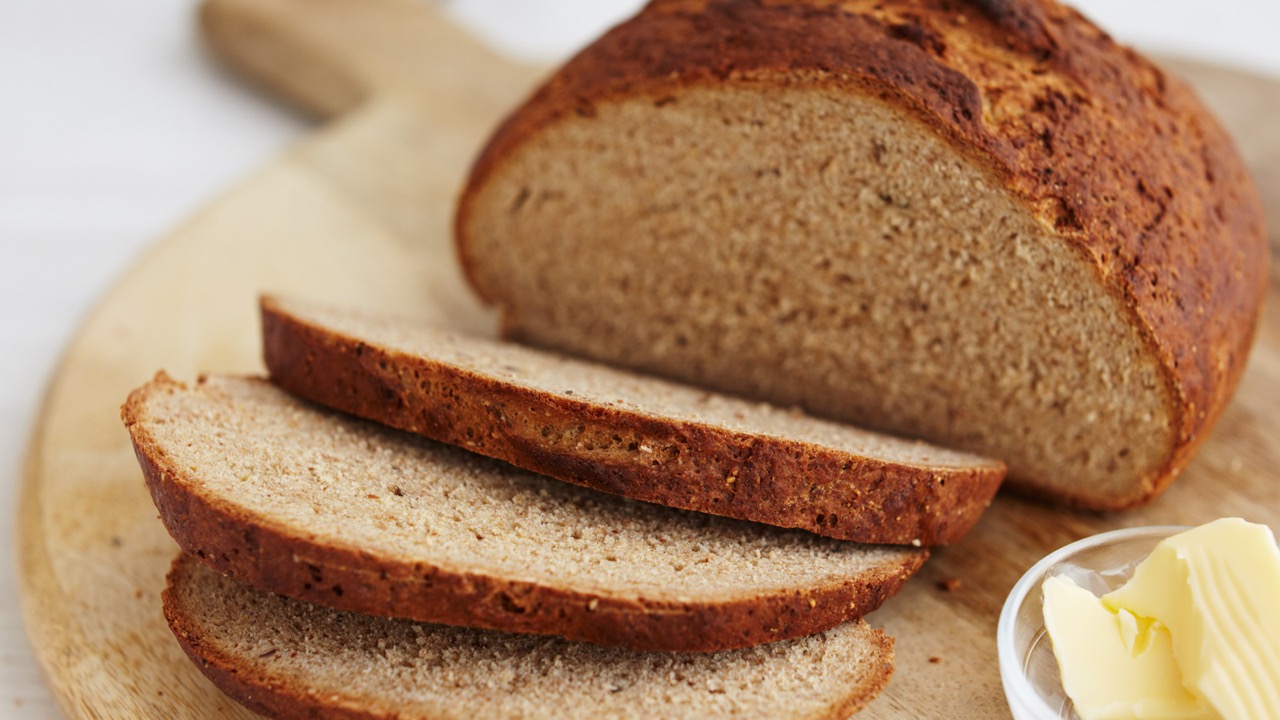
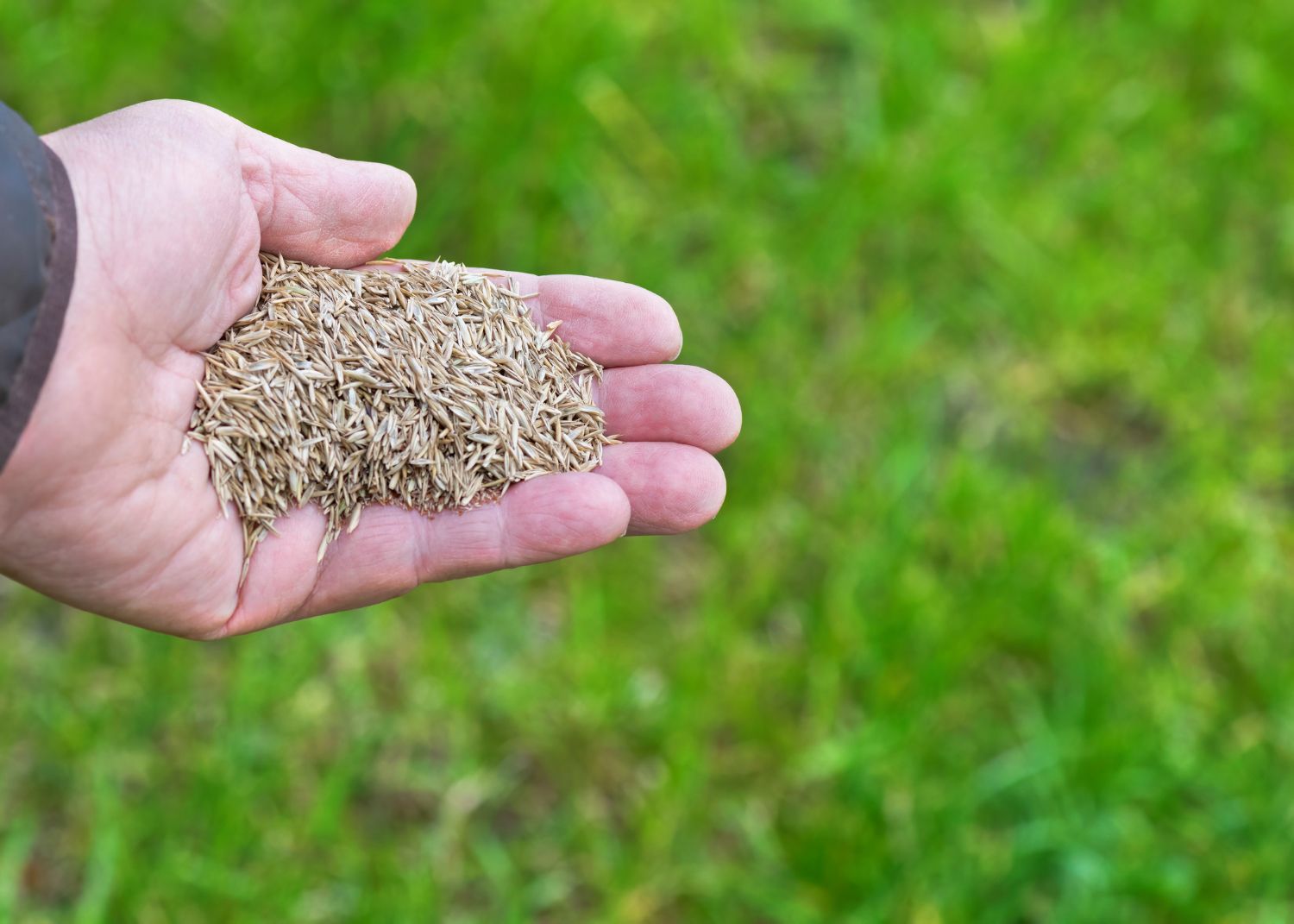
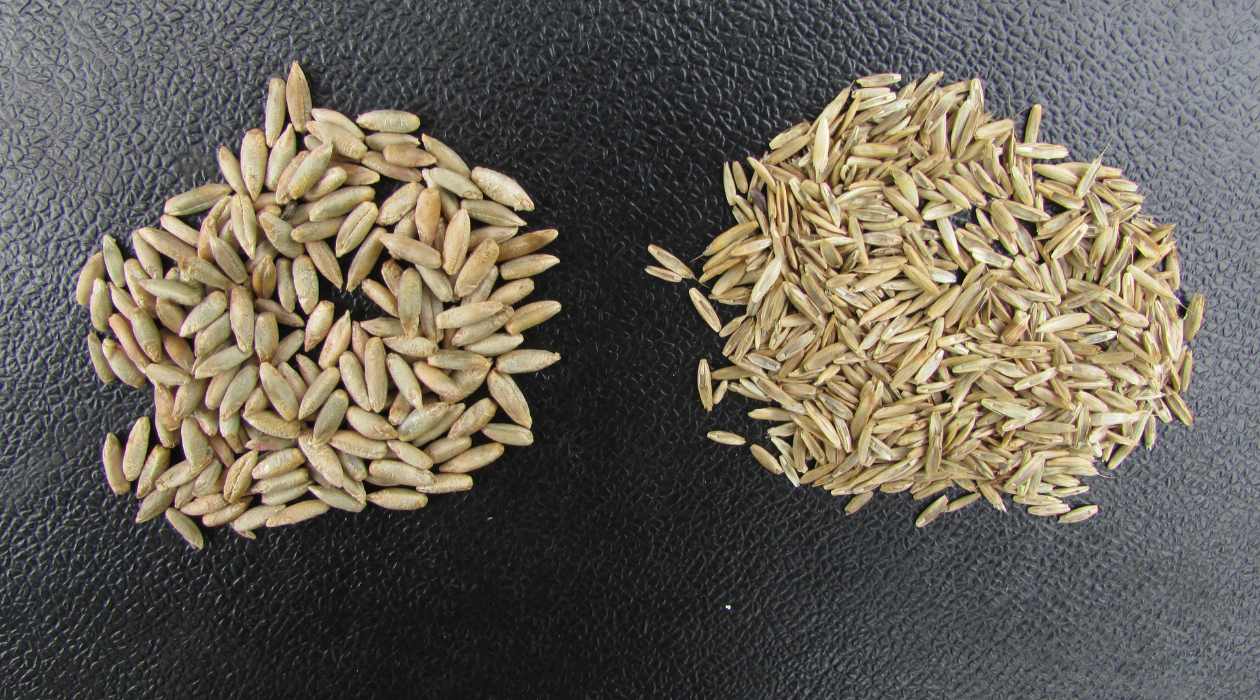
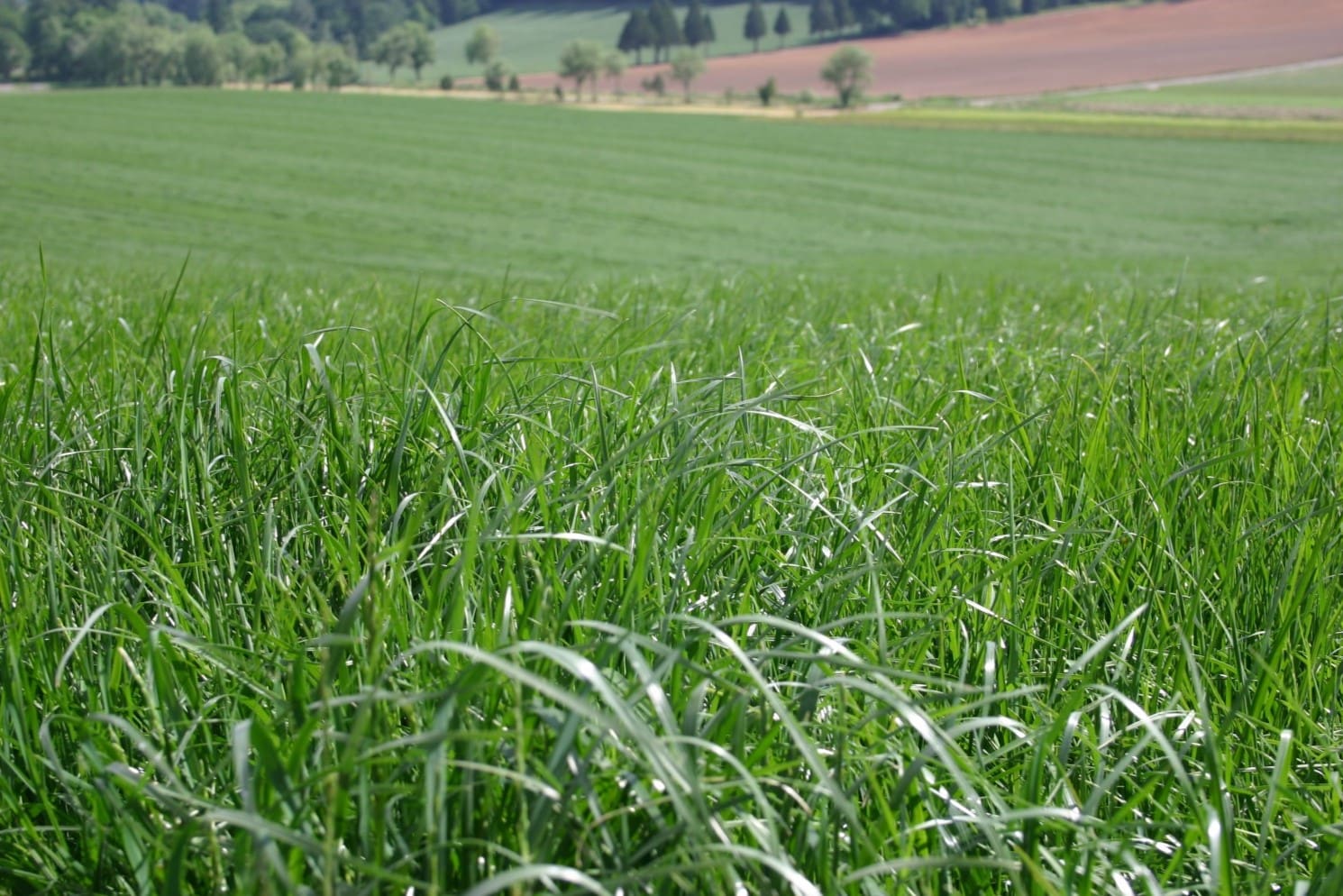
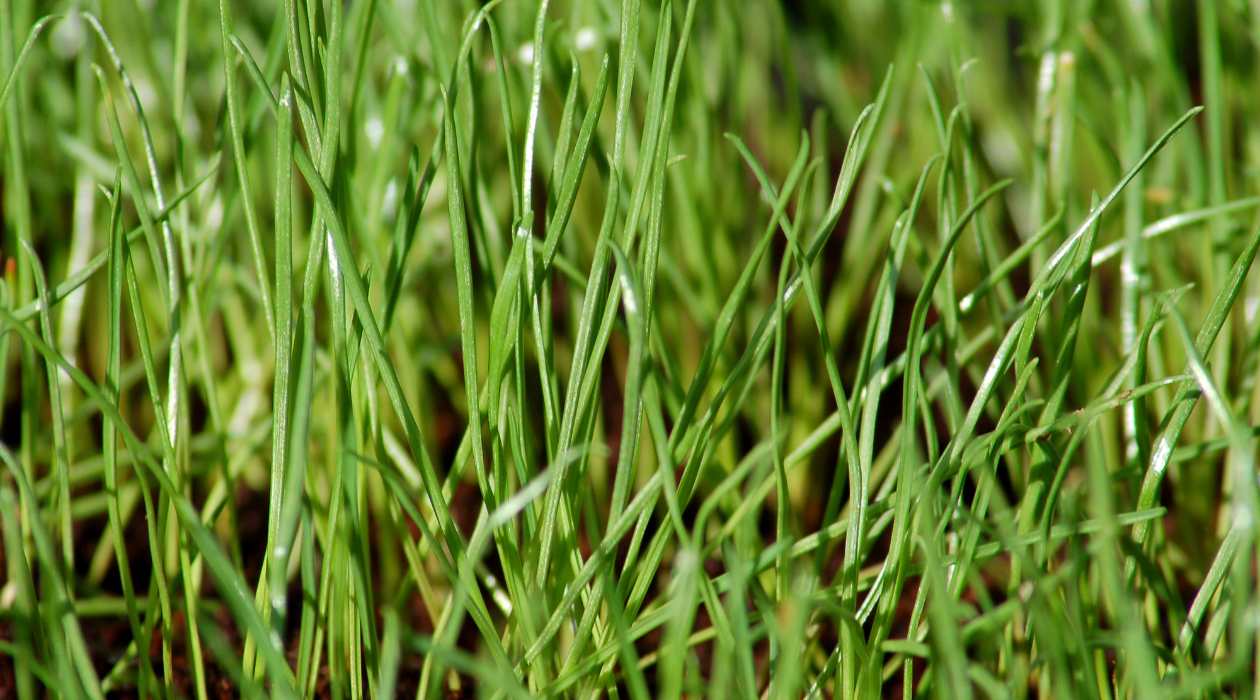
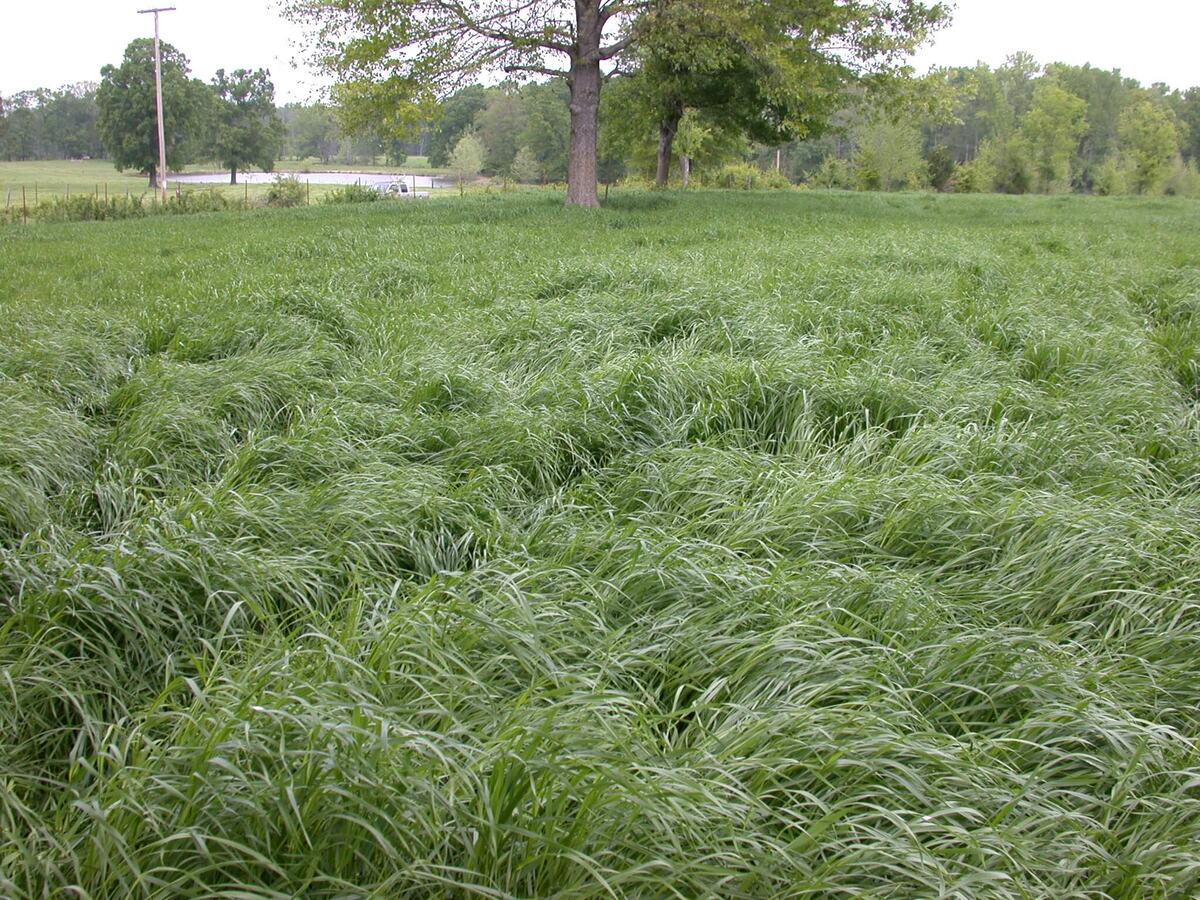

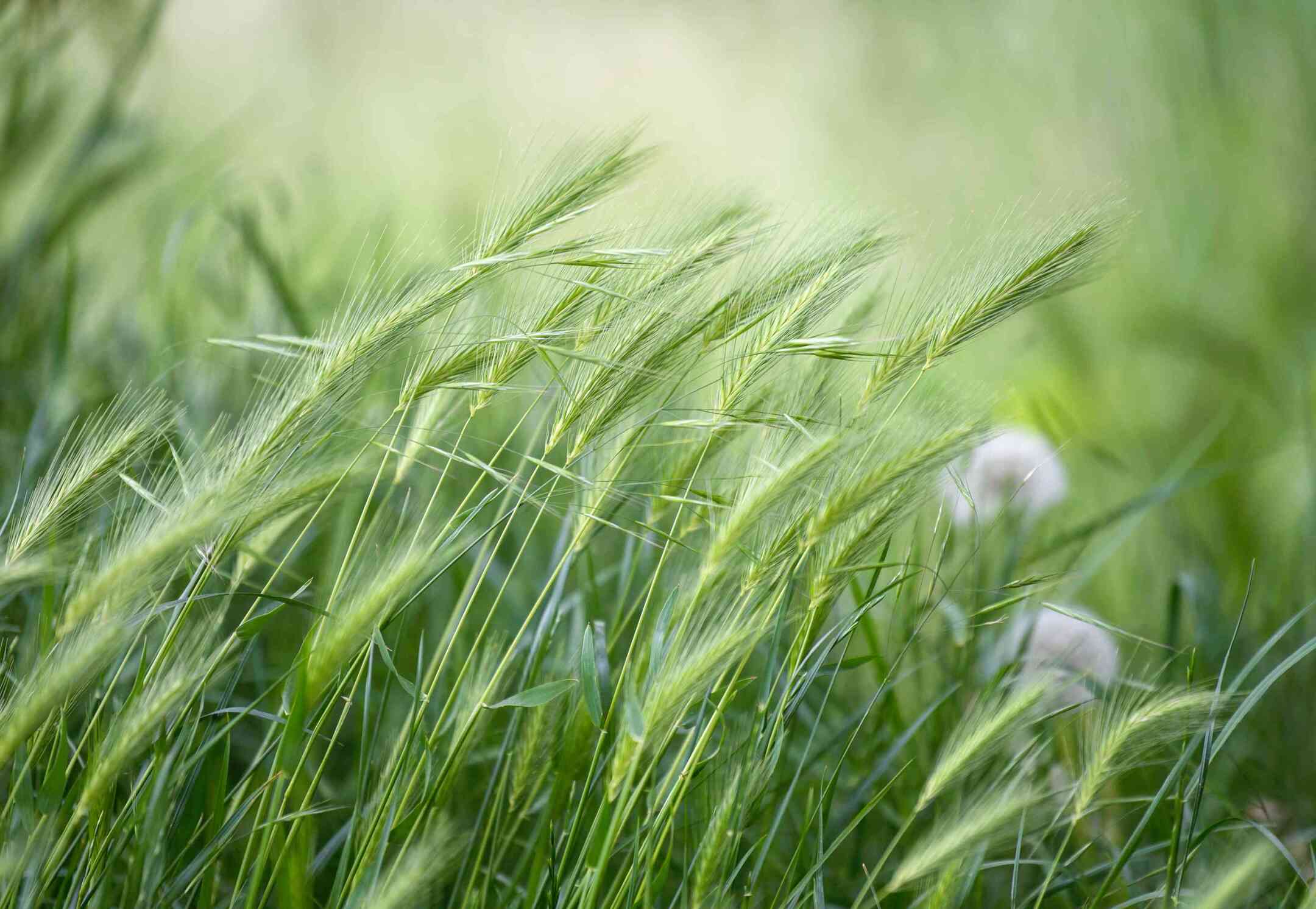
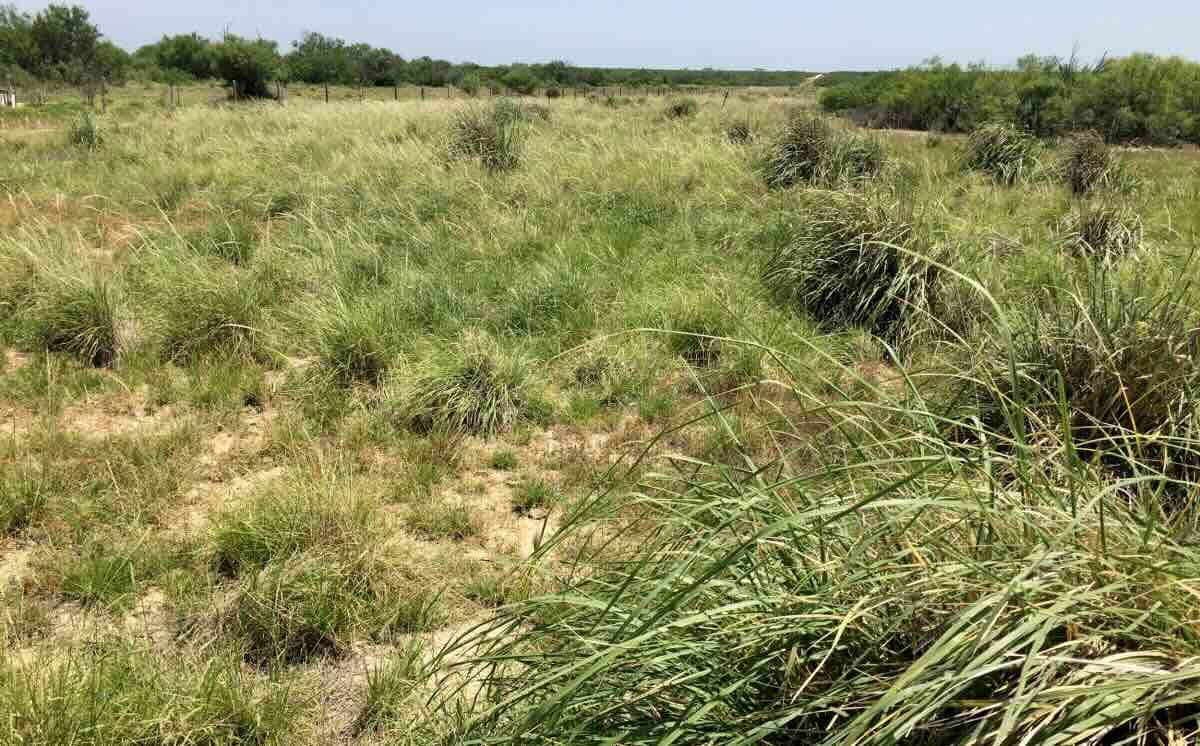
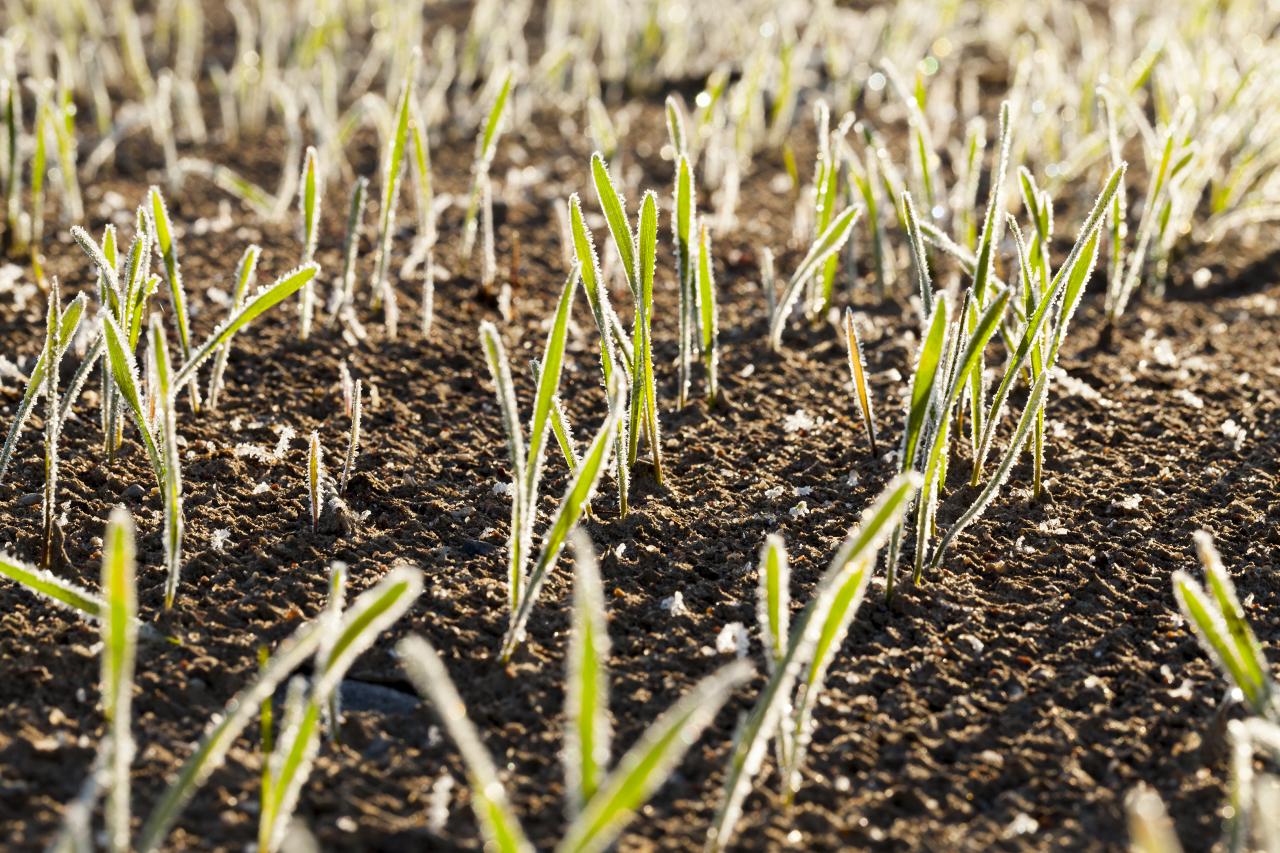
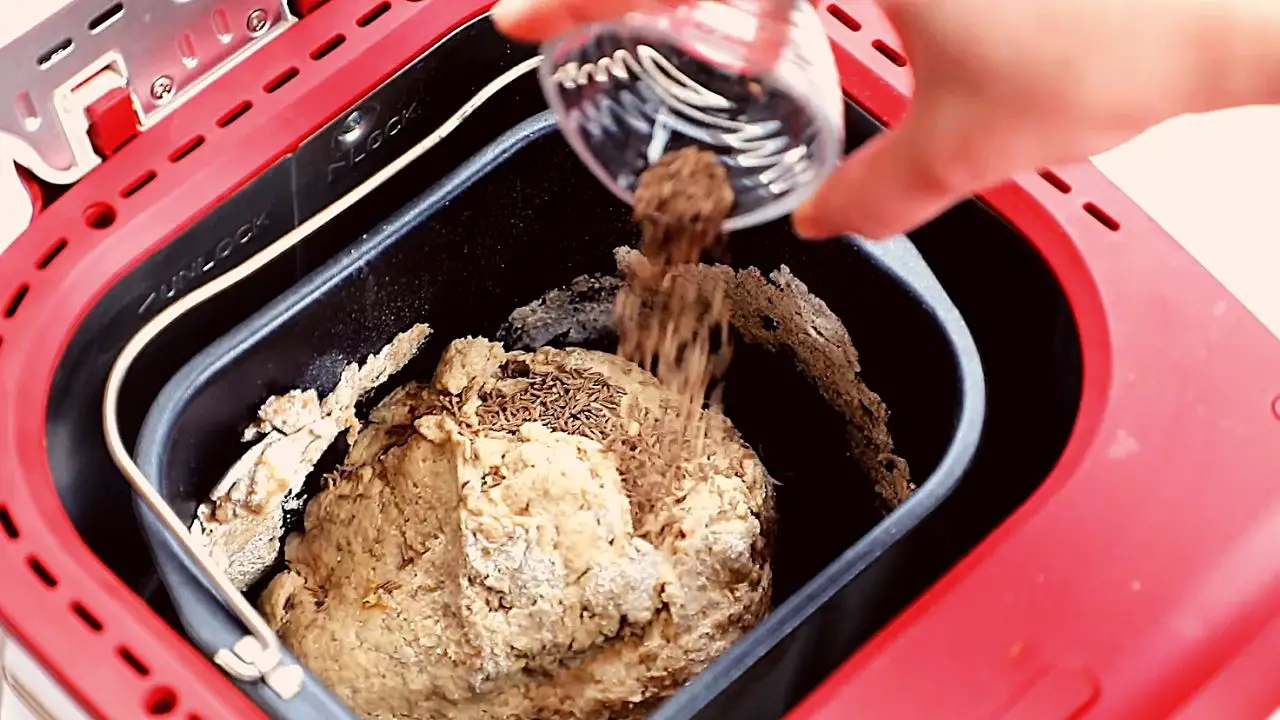
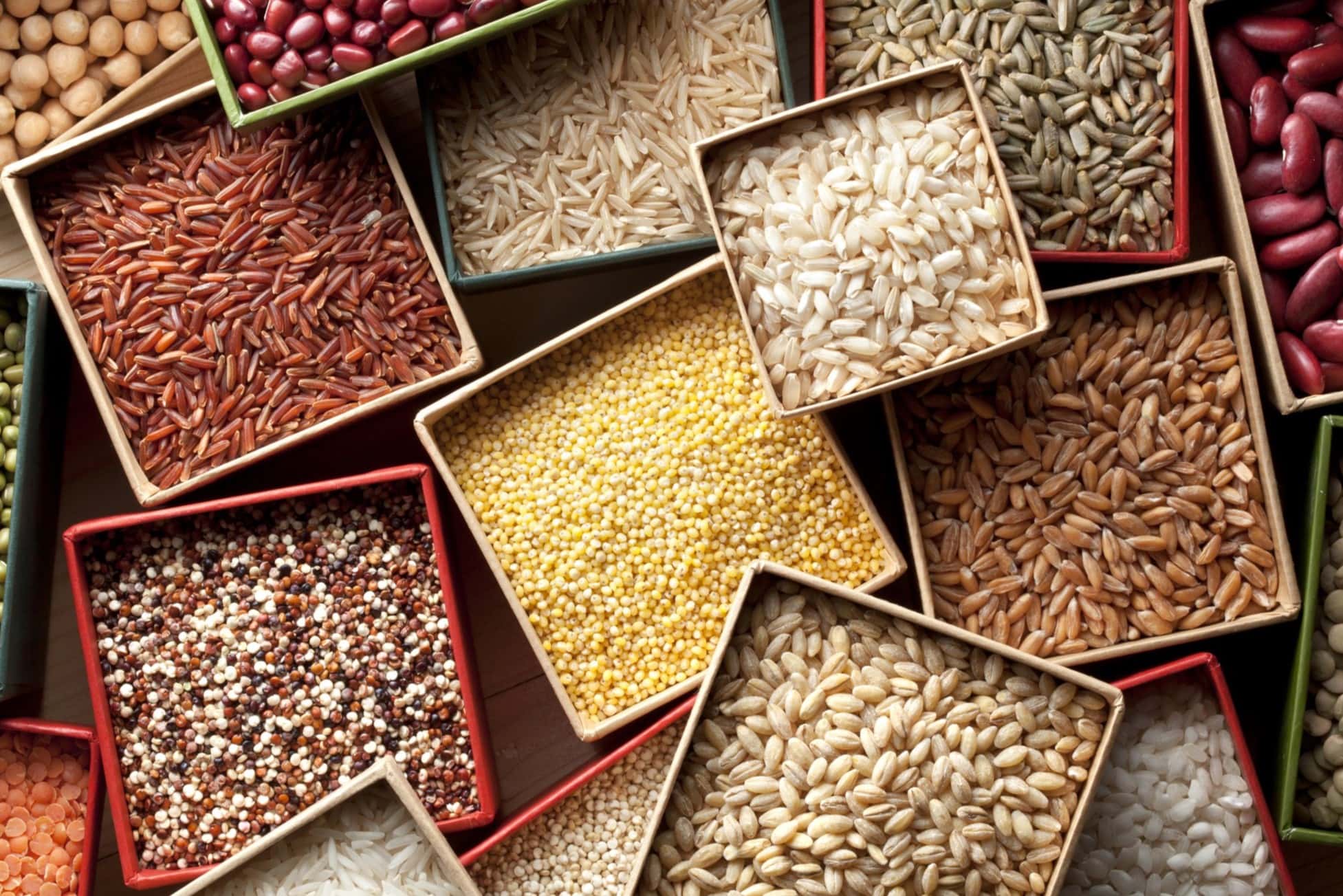
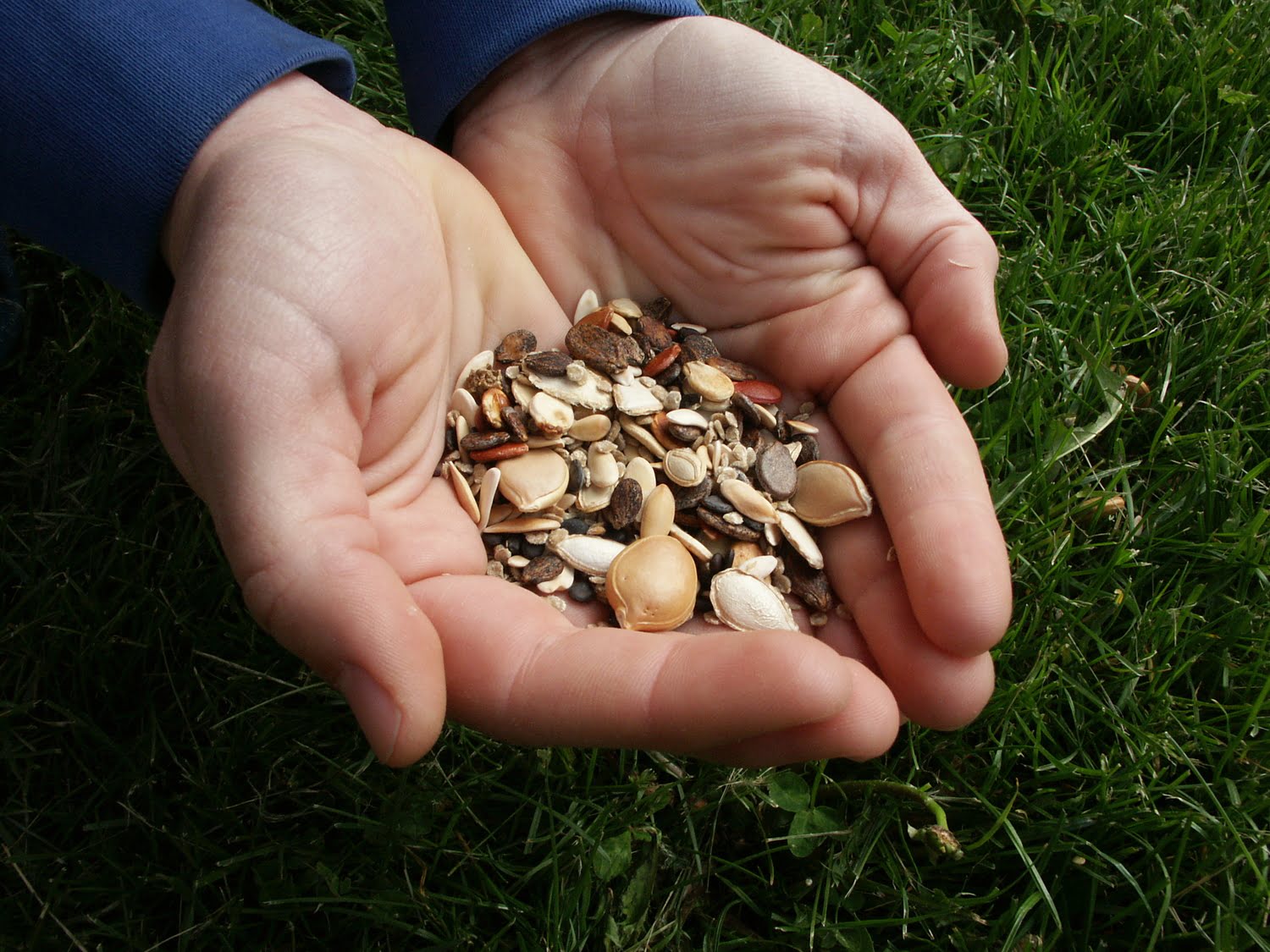

0 thoughts on “What Is Rye Seed”